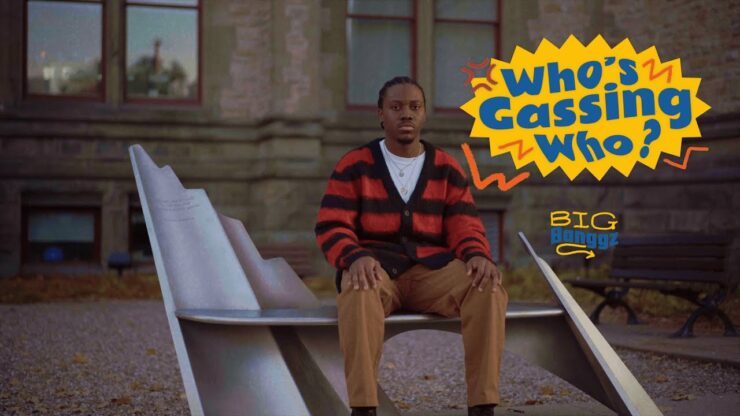Every good movie has a great villain. One that is hated and feared by all. How is this villain created? Society.
Society chooses who to banish and who to mark as an outsider.
***
Growing up, kids asked me, “Do you shower in that?” or “Do you have hair under there?” and my younger self, so naïve at the time, laughed it off with everyone else. I remember the first time I wore it, my mom asked me “Honey are you sure you want to wear this?” I replied without hesitation, “Yes, mom. I want to be like you and Wafa (my sister).” One of my favorite memories is of my first class photo in which I wore my hijab. I wore a gold track suit and a two piece beige hijab. It was a deliberate decision. A conscious thought: I want to look good.
The image of myself as a 10 year-old standing in front of a mirror and admiring my hijab before heading out to school is something I hope I never forget. It was an exciting morning. I couldn’t wait to show off my hijab to my friends. I wanted to be like my older sister and was giddy at the thought of putting a hijab on just like her. It was a choice created by admiration and fueled by love. Never did my decision falter nor was I ever embarrassed by it because I watched my sister carry herself and all I could think was, man, she looks cool.
When I look back, my earliest memories are filled with joy and warmth and my hijab is at the centre of it all. Yet, as I step outside my front door today, the warmth is replaced by unease.
***
It’s hard not to notice something so obviously visible. Something that may be foreign and odd to many, and growing up people didn’t shy away from making it harder to “blend in.”
***
When you fast forward 12 years later and people still ask you, “Do you have hair under that?” or “Did your parents force you to wear that?” you realize that the questions have evolved from innocent inquiries to judgmental remarks. My hijab became a conversation starter—to discuss the political and economic state of Muslim countries. And all I can think to myself is, why in your right mind do you think that’s the most appropriate thing to talk to me about?! It becomes a way for people to impose what they think it means, and it only takes one comment to make it visible.
To make you stick out like a sore thumb.
As women, it’s the most obvious thing about us, rendered all the more visible when people deliberately try to make a comment about our hijab. Their smiles are always a tad too bright and you can tell it’s forced, borderline uncomfortable, and yet we’re completely unfazed. Because this is what happens when you’re a walking, talking representation of your faith. When the first thing people see is your headscarf and not your smile. When their eyes go straight to your head and then away, as if they’re afraid you’re going to catch them staring. Or when their eyes latch on and refuse to look away until you conform to their image of ‘normal.’ So you find yourself working overtime. Laughing politely and smiling reassuringly at everyone that passes by.
The hijab causes enough attention as it is. Try to avoid ruffling feathers—any more than they’ve already been ruffled. Try to act like a ‘normal’ person.
So yeah, excuse us for not wanting to apologize or to explain one more time why we (freely) choose to cover our hair.
I’d like to sincerely thank and acknowledge my friend Zaynab Ali, who collaborated with me on this piece.





